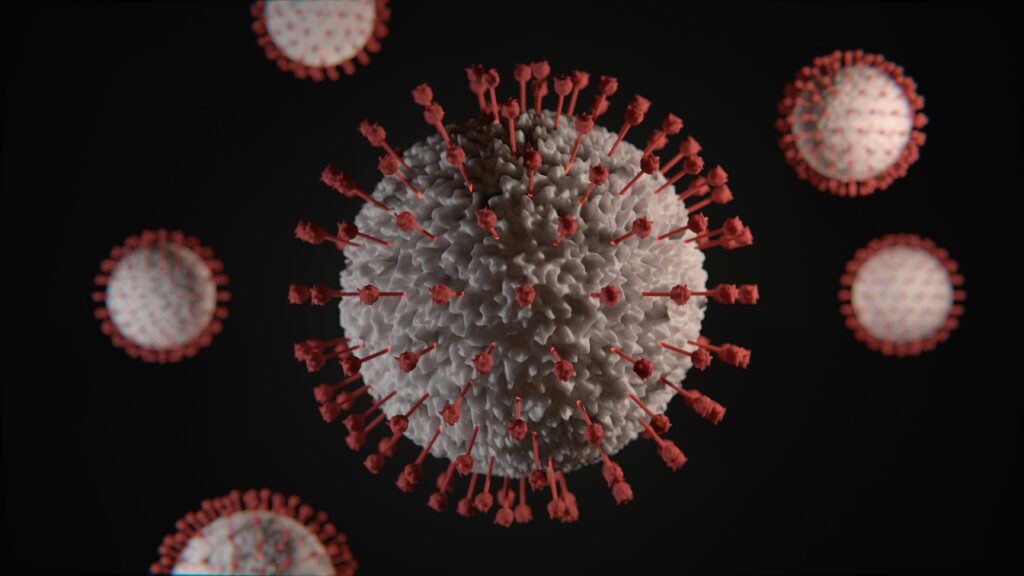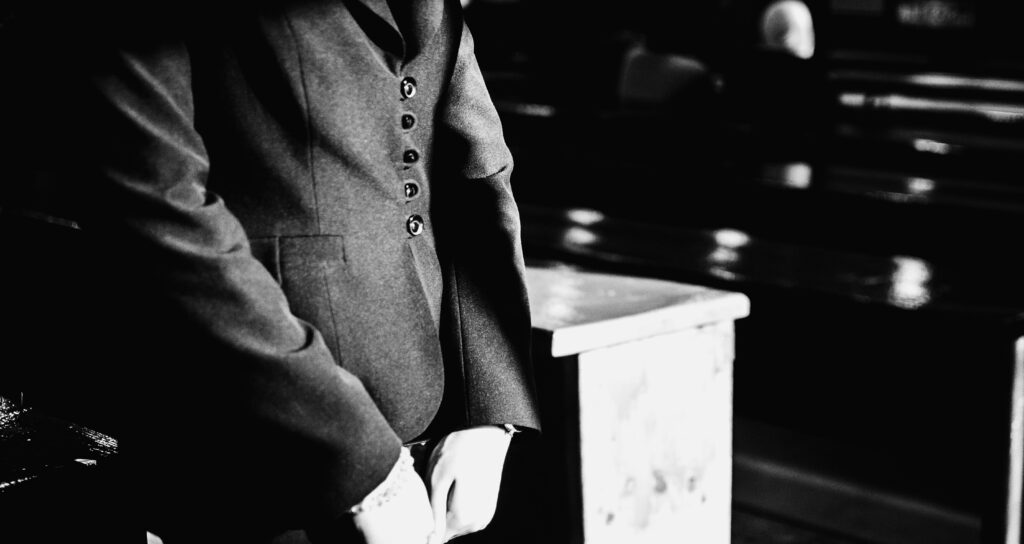Introduction
When the Olympic flame first flickered to life for the Tokyo 2020 Games, it did not begin its journey from the capital’s neon-lit avenues or a postcard-perfect shrine. Instead, organizers chose J-Village—Japan’s national soccer training center in Fukushima Prefecture, once repurposed as an operational base for workers battling the meltdown at the Fukushima Daiichi nuclear plant after the March 2011 earthquake and tsunami. The decision was profoundly symbolic: a statement that Fukushima had moved from catastrophe to recovery, and that the world’s most visible sporting event could help write a hopeful new chapter.
That symbolism, however, landed on complicated ground. For many residents, evacuees, farmers, fishers, and anti-nuclear activists, the torch’s route through Fukushima did not simply illuminate a narrative of resilience; it cast long shadows—over unresolved displacement, contested decontamination, uneven revitalization, and the politics of remembrance. The Olympic flame, meant to unify, also ignited debate: What does “recovery” mean, and who gets to declare it complete? How should a nation remember a disaster that is both past and ongoing? And can a mega-event authentically “reconstruct” communities or does it risk glossing over realities that remain stubbornly difficult?
This article explores the layered story behind Japan’s Olympic Torch Relay start in Fukushima—the aspirations, the stagecraft, the criticisms, and the diverse voices that resisted or reimagined the official script.
From Disaster to “Reconstruction Olympics”
The 2011 triple disaster and its long tail
On March 11, 2011, a magnitude 9.0 earthquake and ensuing tsunami devastated Japan’s northeastern coast. Beyond the immediate loss of life and livelihoods, the disaster triggered core meltdowns at Fukushima Daiichi, resulting in mass evacuations, contamination concerns, and the long, complex project of decommissioning the plant. Even as physical rebuilding advanced, the social and psychological aftermath endured: families split across prefectures, young people leaving for opportunities elsewhere, and communities debating whether and how to return.
Tokyo 2020 as nation-branding and balm
When Tokyo won the Olympic bid, leaders framed the Games as a demonstration of Japan’s resilience. The catchphrase “Recovery Olympics” (and later “Reconstruction Olympics”) promised a showcase of revitalized communities and infrastructure. Moving the torch relay’s starting point to Fukushima was both symbol and strategy: a way to direct global attention to a region often seen through the lens of risk, to remind the world of Japan’s capacity for renewal, and to knit the disaster’s memory into a narrative of national progress.
J-Village: a venue layered with meaning
J-Village’s selection condensed a decade into a single stage. Once the command center for crisis workers, it was refurbished and reopened to athletes and the public. This metamorphosis—from emergency hub to sports complex—embodied the official storyline: Fukushima as a place not of fear but of future. Yet that very transformation was contested by those who argued that redevelopment projects did not uniformly benefit all residents, and that rehabilitating a space’s image does not automatically resolve deeper, longer-term issues of displacement, stigma, and economic recovery.
The Promise: Pride, Participation, and Local Economies
Showing the world a different Fukushima
For supporters, the torch relay offered a rare platform to present Fukushima’s everyday life: kids back in school, new businesses opening, festivals revived. Farmers and food producers looked to the relay as a moment to rebuild trust in the prefecture’s brand—rice, peaches, sake, seafood—industries hit not only by physical harm but by reputational damage. Hoteliers, restaurateurs, and tour operators hoped that media coverage might translate into visitors and revenue, especially critical following the slump triggered by the COVID-19 pandemic.
Civic morale and a sense of arrival
Many residents felt proud to host the relay. Volunteers trained for months, route banners appeared along main streets, and local governments coordinated events to celebrate torchbearers—often chosen for their community contributions, including disaster relief efforts. For those who had worked years to bring back sports, school clubs, and regional tournaments, the Olympic flame represented acknowledgment from beyond the prefecture’s borders: Fukushima was not only a place of tragedy; it was a place of talent and tenacity.
Intergenerational bridges
Educators and youth organizations used the relay as a teaching moment: an opportunity to discuss disaster preparedness, community solidarity, and the ethics of remembrance. School projects curated oral histories and art, while museums mounted exhibitions connecting past and present. The relay’s passage catalyzed intergenerational dialogue—children asked grandparents about 2011; families debated whether symbolism is enough; communities asked what “home” means after displacement.
The Fault Lines: Why the Torch Sparked Controversy
“Recovery for whom?”
Critics argued that the “Reconstruction Olympics” narrative risked portraying recovery as complete when many evacuees remained displaced—by choice or necessity. Some areas, even after decontamination, faced demographic collapse, with services—hospitals, shops, public transportation—struggling to return. For people who could not or would not go back, the relay could feel like a closing ceremony on their unresolved story.
Radiation risk, perception, and trust
Although independent and government monitoring documented radiation levels along the relay route that met safety thresholds, skepticism persisted. Radioactivity is invisible, and trust thrives or withers on institutional credibility. Residents who had lived through shifting evacuation zones, evolving guidelines, and debates over acceptable exposure levels were not easily persuaded by official reassurances. Visual reminders—bagged contaminated soil in storage sites, exclusion zone signage, and the ongoing decommissioning effort—stood in tension with the celebratory images of athletes and mascots.
The politics of spectacle
Mega-events are adept at staging celebratory narratives. Critics saw the relay as a carefully choreographed spectacle that would smooth over complexity. They pointed to public funds channeled into Olympic branding—stadia, signage, security—arguing that those resources might instead bolster long-term needs: mental health services, community health monitoring, regional transportation, and small-business support. The fear was not that the relay existed, but that it might be used to declare “mission accomplished.”
COVID-19 and crowd risks
Originally, the torch relay was meant to be a joyous, crowded event; the pandemic forced a reimagining—caps on spectators, mask mandates, last-minute route changes, and in some cases, closed-door segments. For opponents, hosting any mass-gathering event during public health restrictions seemed contradictory. For supporters, careful protocols demonstrated that Japan could manage risk responsibly. The debate underscored a recurring theme: whose risks are prioritized and who bears the consequences if things go wrong?
Voices of Protest: Who Spoke Up and Why
Evacuees and returnees with divergent experiences
Not all evacuees shared the same position. Some had resettled elsewhere and felt forgotten by the “recovery” framing; others had returned and wanted recognition for their efforts to rebuild daily life. Among those who protested, common themes included the need for continued compensation discussions, sustained health monitoring, and honest acknowledgment of gaps in services and infrastructure.
Farmers, fishers, and the fight against stigma
Agricultural and fishing communities faced a dual challenge: meeting stringent safety testing and overcoming consumer fear. Many producers invested heavily in traceability systems and rigorous inspections. Yet reputational damage can outlast data. A subset of producers and cooperatives joined protests or public statements because they felt that, while the relay promised good PR, it did not address the structural supports—long-term marketing, subsidies, and regional branding strategies—required to rebuild market confidence sustainably.
Anti-nuclear activists and environmental groups
For anti-nuclear organizations, the torch relay was an occasion to re-center the debate about Japan’s energy policy, decommissioning plans, and waste management. Demonstrations highlighted the risks of “forgetting” structural causes of the disaster, critiqued what they saw as a rush to normalize nuclear operations nationwide, and pressed for broader public deliberation on energy futures—renewables, grid resilience, and community governance.
Health professionals and parents
Parent groups and some health advocates called for strengthened, independent monitoring and transparent communication. They stressed that risk communication must accommodate uncertainty and community concerns rather than dismiss them. For families making decisions about whether to return or how to raise children in partially reopened zones, trust depended on data and on the tone of the conversation—humility, responsiveness, and the willingness to say “we don’t yet know.”
Artists, writers, and memory-keepers
Cultural practitioners used the relay moment to foreground memory work. Photography exhibits juxtaposed torch scenes with images from the disaster’s early days; poets and playwrights created pieces exploring ambivalence—how pride and grief can co-exist. This creative dissent did not always reject the relay outright; rather, it insisted that any celebration must make room for complexity, sorrow, and the long work of repair.
Media Framing and the Global Gaze
Two storylines in one image
International coverage often oscillated between two narratives: “Fukushima is back” and “Fukushima’s recovery is contested.” Photographs captured smiling torchbearers and cheering spectators; adjacent headlines referenced evacuation zones, water releases, and decommissioning timelines. This duality sometimes frustrated locals who wanted a less sensational, more granular account of everyday realities—bus schedules, clinic hours, school enrollments—that better measure recovery than a single day’s spectacle could.
Social media’s accelerant
Platforms amplified both celebration and critique. Local governments and organizers posted highlight reels; activists circulated counter-narratives and on-the-ground observations. Hashtags stitched together dispersed communities—former residents now living in different prefectures, diaspora Japanese, and international observers—creating hybrid public squares where pride, pain, and policy critiques were debated in real time.
Beyond Symbolism: What Actually Changes?
Infrastructure and investment
One defense of mega-events is their catalytic potential: deadlines spur projects that might otherwise languish. In Fukushima, the relay coincided with ongoing infrastructure investments—roadwork, public facilities, sports venues. Supporters argued that the Olympics helped keep national attention (and budgets) flowing to the region. Critics countered that some projects were short-term or insufficiently aligned with community-defined priorities, warning against “white elephants” and performative construction.
Tourism and reputation
Tourism boards hoped that the relay would shift perception from hazard to hospitality. In the short term, pandemic-related travel restrictions blunted international arrivals. Longer term, the relay’s images—runners against green hills, coastal roads, and renovated town centers—entered the global visual archive of Fukushima. Whether that archive converts into sustained visitation depends on consistent, community-led storytelling that foregrounds local culture and responsible tourism, not just event-time spectacle.
Civic capacity and networks
Less visible but arguably more durable are the networks formed during planning: volunteer corps, cross-municipal coordination, and public-health protocols. If maintained, these capacities can serve future needs—from disaster drills to festivals, from sports meets to cultural fairs. The relay, whatever one thinks of its politics, gave communities practice in organizing under constraints—logistical muscle memory that can outlast the news cycle.
Ethical Questions the Relay Forces Us to Ask
- Who writes the narrative of recovery?
Is it central government, local officials, corporate sponsors, or residents—especially those who did not return? Robust recovery storytelling should include dissenting voices and unresolved issues. A single triumphal narrative risks erasing people who don’t fit its arc. - What counts as “safe enough,” and who decides?
Technical thresholds are necessary, but risk is experienced socially. Trust emerges from transparency, independent oversight, and genuine engagement with community concerns—including the right to contest official comfort levels without being dismissed as irrational. - Can mega-events repair trust, or do they spend it?
They can do both. When events are co-designed with communities, aligned with long-term plans, and honest about limits, they may strengthen trust. When they are top-down and image-centric, they can deepen skepticism. - What does remembrance require?
Commemoration should not be an interlude before we return to business as usual. It should be woven into public policy—school curricula on disaster resilience, civic rituals that honor evacuees’ choices, and ongoing support for those still displaced.
Case Snapshots: Lived Complexity Along the Route
- A reopened high school’s track team prepares months for the relay day, only to have spectators restricted due to COVID-19 protocols. Students still line the fence, waving hand-painted banners. Their coach, a disaster survivor, tells them the flame is not a finish line but a reminder to “keep showing up” for each other.
- A family farm that adopted strict testing and traceability sees a short-term bump in local sales after media coverage. The farmer remains cautiously optimistic but emphasizes that durable recovery requires consistent procurement from school lunch programs, supermarkets, and restaurants—beyond the spotlight.
- An evacuee cooperative in another prefecture organizes a parallel event: a virtual run and storytelling circle. Participants share memories of their hometowns and debate whether to return. For them, the official relay is both a thread to the past and a reminder of distance that persists.
- A coastal town museum mounts a small exhibition: “Ten Years / Ten Objects,” pairing a torch replica with a hard hat from the decontamination crews, a child’s school badge recovered after the tsunami, and a bus timetable from the first day limited service resumed. Visitors leave notes that mix gratitude and grief.
These vignettes illustrate why blanket judgments—wholly celebratory or wholly critical—miss the human texture of the place.
Counter-Narratives and Counter-Counter-Narratives
- The celebratory claim: The relay proves Fukushima is safe and thriving.
The rejoinder: Safety is multi-dimensional; thriving can be uneven. Pockets of progress coexist with persistent gaps. Declaring victory risks abandoning those still in need. - The critical claim: The relay whitewashes ongoing problems.
The rejoinder: Visibility can help attract resources and visitors; pride matters to communities. The task is not to reject symbolism but to tether it to substantive commitments. - The fiscal claim: Money spent on spectacle diverts funds from essentials.
The rejoinder: Budgets can be structured to achieve both—short-term visibility and long-term investment—if guided by transparent, community-led priorities and independent auditing.
What Meaningful “Recovery” Would Look Like
- Resident-centered metrics:
Track what residents say they need: accessible clinics, child-care capacity, school enrollments, public transit frequency, small-business survival rates, mental health utilization. Publish dashboards that communities can update and debate. - Independent health and environmental monitoring:
Sustain third-party radiation and health surveillance with open data portals and community science programs. Provide plain-language summaries, multilingual outreach, and responsive Q&A sessions that acknowledge uncertainty. - Livelihood restoration that resists stigma:
Long-term procurement programs for local food and crafts; partnerships with restaurants and retailers; certification schemes co-designed with producers; marketing that tells honest, place-based stories rather than simply declaring “safe.” - Youth retention and return pathways:
Scholarships and apprenticeships tied to regional employers; remote-work hubs with reliable broadband; cultural programming that makes small towns attractive to young families. - Memory embedded in institutions:
Annual civic days that pair commemoration with preparedness drills; curricula incorporating local oral histories; museums and archives funded to steward community narratives over decades. - Energy policy deliberation:
Nationwide forums on energy futures that center disaster-affected communities. Regardless of one’s stance on nuclear power, democratic legitimacy requires genuine participation by those who shoulder the risks.
Lessons for Future Hosts of Mega-Events
- Start with listening, not logos.
Before branding a “Recovery Games,” map community needs with residents—especially those least likely to attend ribbon-cuttings. Let programming follow priorities. - Build in accountability loops.
Make specific, measurable commitments tied to the event (e.g., small-business grants, transit upgrades, school facility improvements) and publicly report progress five and ten years later. - Design for afterlives.
Volunteer networks, public-health protocols, and cultural programming should outlive the event. Fund their maintenance explicitly. - Normalize nuance.
Official messaging can celebrate achievement while acknowledging unresolved issues. Audiences accept complexity when leaders model it.
Conclusion: A Flame That Illuminates—and Asks
The Olympic flame that departed Fukushima carried more than the promise of athletic excellence. It bore the hopes of shopkeepers and students, the determination of farmers and fishers, the vigilance of parents and health advocates, and the dissent of activists who refuse to let spectacle eclipse accountability. It lit streets where children now play and passed near zones where memories remain raw. It showed a world hungry for good news that recovery is possible—and also that recovery is not a switch flipped by a ceremony, but a practice sustained by institutions and neighbors over years.
Whether the torch’s visit ultimately helps Fukushima depends less on what was said that day and more on what follows: the funding choices, the transparency of monitoring, the humility of officials, the tenacity of communities, and the willingness of a nation to remember its disaster honestly while building a different kind of safety and prosperity. A relay is, after all, a handoff. The flame’s meaning now sits with the people who must carry it forward—sometimes in celebration, sometimes in protest, always toward a future that remains, like the torch itself, both bright and fragile.




